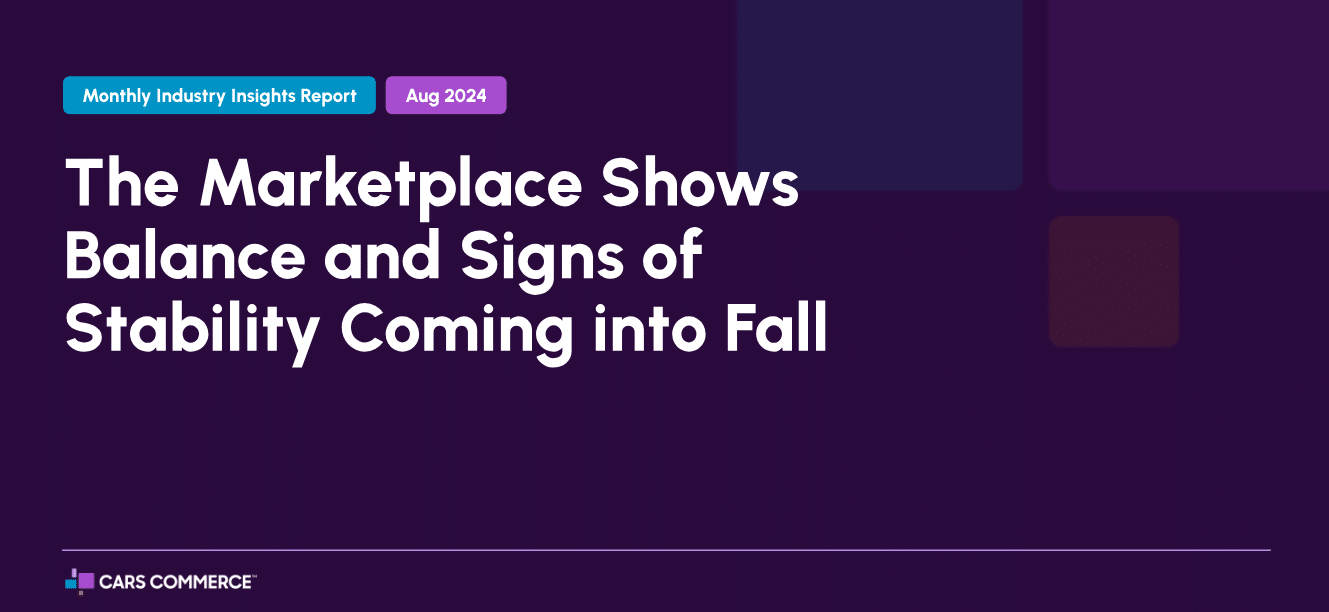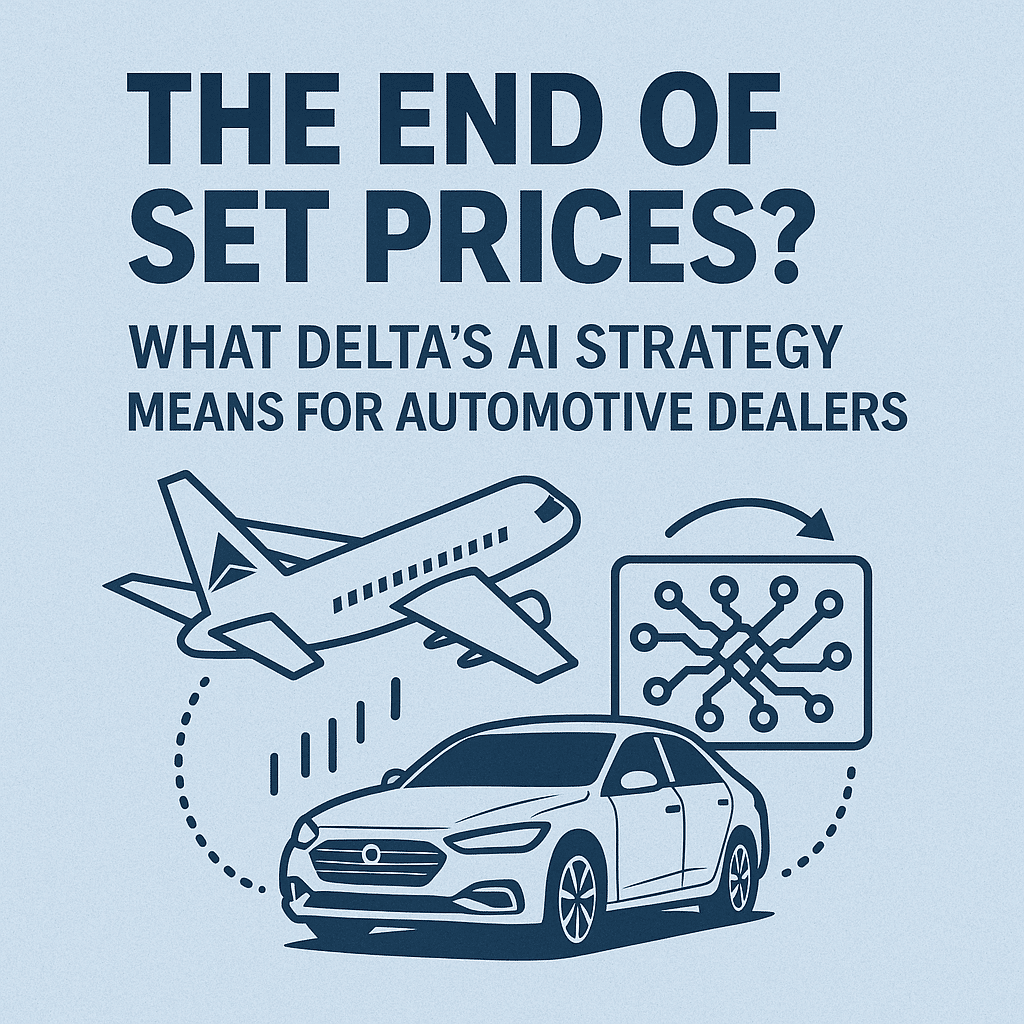The latest Cars Commerce Industry Insights Report for August reveals a notable trend in the used-vehicle market: older cars have taken center stage in driving supply and influencing vehicle values. This shift is a reflection of the lingering effects of the COVID-19 pandemic, which disrupted new car production and sales, creating a gap in the market that is now being filled by older, higher-mileage vehicles.
Key Findings from the Report
- Increase in Older Vehicles: Used-car inventory rose by 2.3% compared to August 2023, with the majority of that increase coming from vehicles more than seven years old. This aging inventory has led to a corresponding decline in retail prices, which dropped 4.9% year-over-year, bringing the average price down to $28,871.
- Growth in Affordable Price Ranges: Cars priced at less than $10,000 — typically averaging 13 years old — saw a 27.4% increase in inventory from last year. Similarly, vehicles in the $10,000-$19,000 range (averaging 7.3 years old) rose by 16.8%. This surge in older, more affordable vehicles contrasts with a sharp decline in more expensive vehicles.
- Decline in High-Priced Inventory: On the other end of the spectrum, inventory for vehicles priced at $30,000 or more dropped significantly. The biggest losses were in the $40,000-$49,000 range (down 13.1%), followed by the $30,000-$39,000 (down 10%), and vehicles priced above $50,000 (down 9.6%).
- Impact of Aging Inventory: The aging of the used-car inventory has resulted in an increase in odometer mileage, with a 1.5% rise in average mileage year-over-year. The market’s price per 1,000 odometer miles has decreased by 6.4%, meaning buyers are now purchasing vehicles with more miles for the same price point as they would have a year ago.
- Falling Trade-in Values: AccuTrade data showed a continued decline in trade-in values, averaging $29,976 in August — down 6.2% from last year. Electric vehicles like the Tesla Model Y led the drop, losing 21.8% of its value over the past year, followed by the Ford F-150, Hyundai Tucson, and Jeep Grand Cherokee, each losing between 18-19% in trade value.
Stabilization in the Market
Despite these price drops and inventory shifts, there are signs of market stabilization. Rebecca Lindland, senior director of industry data and insights at Cars Commerce, noted in the report that August marked “another milestone in the automotive industry’s return to normalcy.” After two years of inflated prices and tight inventory, new-vehicle prices are leveling out, helping to balance supply and demand in the used-car market.
Additionally, while list prices are still down year-over-year, the month-over-month numbers show a slight increase of 0.2%, indicating a leveling out in pricing volatility. Demand, as measured by searches on Cars Commerce platforms, rose by the same margin. This relative stability is expected to continue as interest rates stabilize and new vehicle availability improves.
Inventory Challenges Persist
However, there remain challenges for dealers as they continue to hold onto inventory for longer periods. The average time a used vehicle stays on the platform increased by 11.5% compared to last year, now sitting at 53 days. This extended holding time reflects consumer hesitation as they wait for further price adjustments.
The Cars Commerce August Industry Insights Report provides a comprehensive look at the evolving used-vehicle market. As older vehicles dominate inventory and trade-in values continue to decline, the market appears to be moving toward a more predictable state. The balance between supply and demand, coupled with the leveling out of new-vehicle prices, indicates a potential for stabilization in the near future.
The full report offers deeper insights into the data and trends shaping today’s automotive market, showcasing how both dealerships and consumers are navigating this transitional phase.




